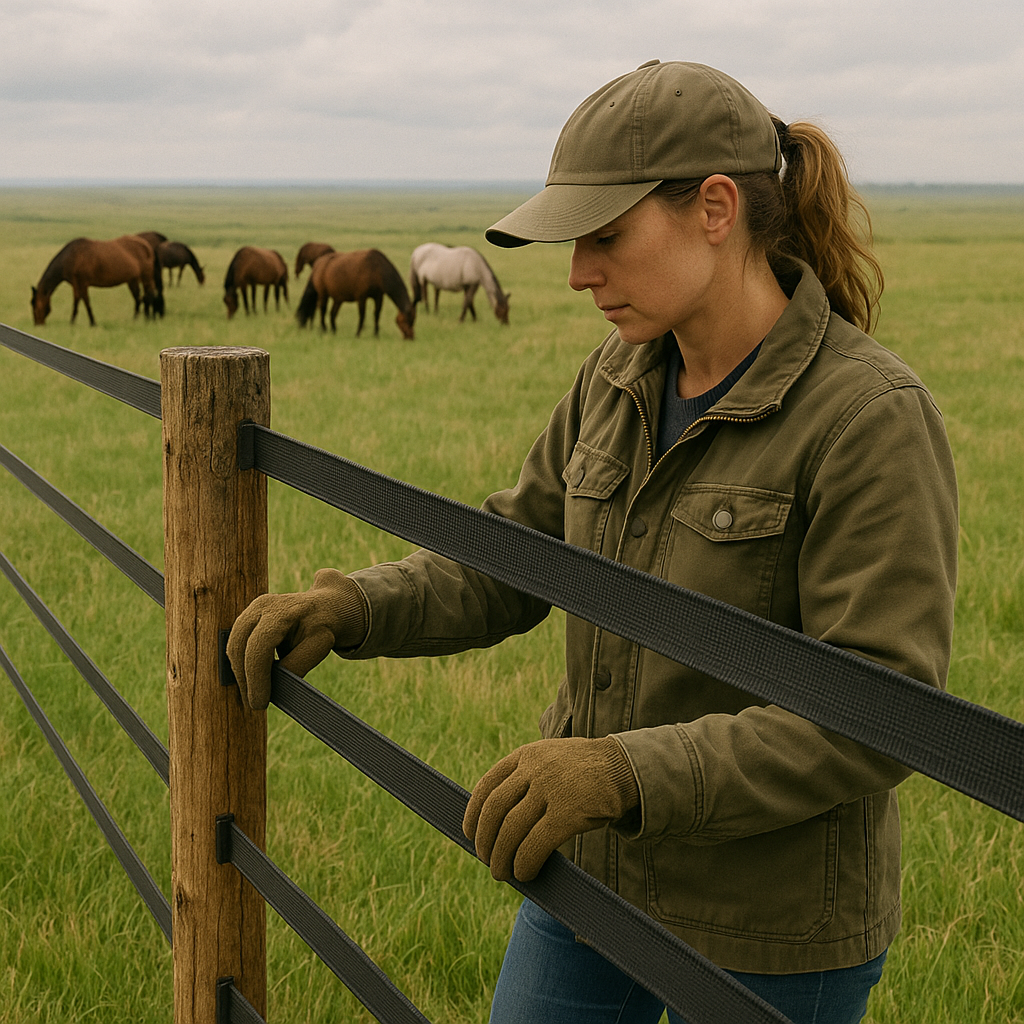How to Prevent Losing Your Equine?
By Lost'Him Team • February 22, 2025

Losing a horse, pony, or donkey is a major concern for many owners. An equine can escape due to a damaged fence, sudden fright, human error, or even during transport or a ride. Fortunately, several measures can help prevent such situations and keep your companion safe.
Here is a complete guide to ensuring your equine’s safety and reducing the risk of escape.
1. Secure Fencing and the Environment
👉 Regularly check and maintain installations
- Strong and well-maintained fences: Regularly inspect barriers and electric fences, repair broken wires, and check the electric current.
- Install secure gates: Use reliable locks and systems that cannot be easily opened by a curious horse.
- Eliminate weak points: Remove objects or structures that the equine might use to climb or jump over.
💡 A well-secured enclosure is the first step in preventing accidental escapes.
2. Use a Safe and Properly Fitted Halter
👉 Choose a halter suited to the equine’s size and behavior
- Leather or breakaway halter: Safer in case of entanglement and suitable for long periods of wear.
- Avoid loose or too-tight halters: A poorly fitted halter can get caught on objects or slip off easily.
- Use a halter with an identification tag: Include your name and phone number for easy contact if the horse is found.
💡 A properly adjusted and secure halter minimizes the risk of escape during handling, transport, or care.
3. Manage Outings and Transport Carefully
👉 Prevent escapes during travel
- Check the trailer or transport vehicle: Ensure all doors are locked and the structure is secure.
- Get the horse used to transport: A stressed horse is more likely to attempt escape.
- Use sturdy lead ropes and secure knots during stops.
- During rides and hikes: Always carry a backup halter and lead rope.
💡 Good equipment and thorough preparation reduce the chances of escape during outings.
4. Identify Your Equine
👉 Facilitate identification and recovery
- Mandatory microchipping: Microchip identification is required in many places and helps veterinarians and shelters return lost horses.
- Keep registration papers up to date: Ensure your equine’s records are correct in national identification systems.
- Use a halter with an ID tag or markings on blankets: Include your phone number and name for quick identification.
💡 An identified equine is much easier to recover and return to its owner.
5. Train and Acclimate Your Equine
👉 Reduce panic-driven behaviors and escapes
- Desensitize them to noises and various situations: Train them to handle unexpected sounds (cars, dogs, unfamiliar objects) to reduce flight reactions.
- Build a strong bond: A well-trained and trusting horse is less likely to bolt.
- Reinforce basic commands: Teach them to respond to recall, remain calm when tied, and follow simple instructions.
💡 A well-prepared horse is less stressed and easier to manage in unforeseen situations.
6. Maintain Ongoing Vigilance
👉 Prevention is better than cure
- Regularly check on your equine: Observe and count all horses multiple times a day.
- Inspect the facilities after storms or unusual events.
- Replace worn-out safety equipment and fencing as soon as possible.
💡 Daily vigilance prevents many at-risk situations.
Conclusion: Preventing Escapes for a Safe Equine
- ✅ Secure fencing and the environment to prevent escapes.
- ✅ Use a properly fitted and safe halter to avoid accidents.
- ✅ Install a GPS tracker to monitor movements in real-time.
- ✅ Manage outings and transport with care and organization.
- ✅ Ensure proper identification through microchipping and marked accessories.
- ✅ Train and acclimate the equine to noises and stressful situations.
- ✅ Maintain daily vigilance over equipment and facility conditions.
💡 By taking preventive measures, you ensure a safe and stress-free life for your equine while minimizing the risk of loss. Every precaution counts! 🐴💚
 EN
EN  FR
FR  PT
PT  ES
ES  IT
IT  DE
DE